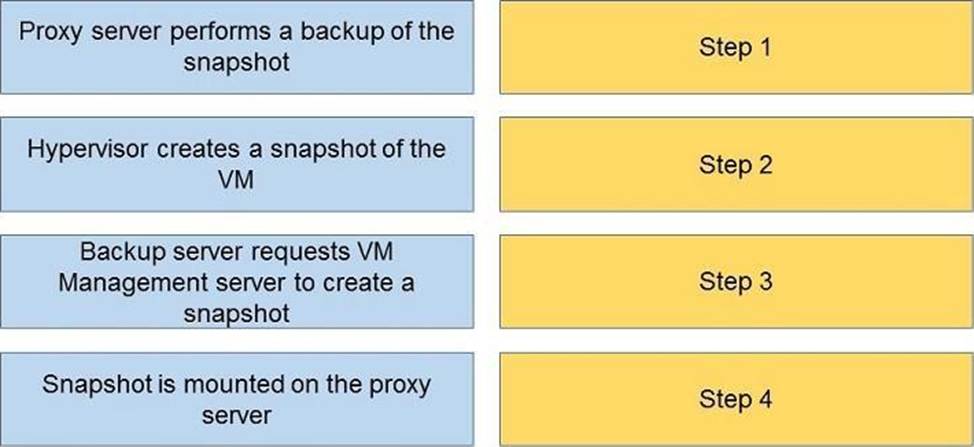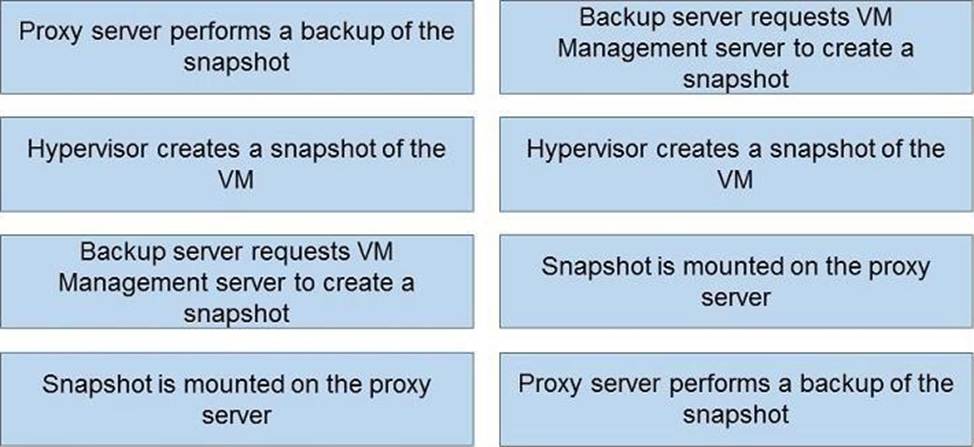Practice Free D-DP-FN-01 Exam Online Questions
Question #31
What does RPO stand for?
- A . Recovery Policy Objective
- B . Restore Plan Operation
- C . Recovery Point Objective
- D . Replication Process Order
Correct Answer: C
Question #31
What does RPO stand for?
- A . Recovery Policy Objective
- B . Restore Plan Operation
- C . Recovery Point Objective
- D . Replication Process Order
Correct Answer: C
Question #31
What does RPO stand for?
- A . Recovery Policy Objective
- B . Restore Plan Operation
- C . Recovery Point Objective
- D . Replication Process Order
Correct Answer: C
Question #31
What does RPO stand for?
- A . Recovery Policy Objective
- B . Restore Plan Operation
- C . Recovery Point Objective
- D . Replication Process Order
Correct Answer: C
Question #35
What is a benefit of synchronous remote replication?
- A . provides near zero recovery point objective
- B . requires less storage space for target than source volume
- C . allows restoring source volume to any previous point in time
- D . allows more storage space for target than source volume
Correct Answer: C
Question #36
Which statement is true for database backups requiring consistency?
- A . Utilize a database backup agent to perform a hot backup
- B . Utilize an open file agent to perform a backup
- C . Can only be done by flushing compute system buffers
- D . Can only be done using a cold method
Correct Answer: A
Question #37
Question #38
What is the purpose of a snapshot in data protection?
- A . Provides real-time encryption
- B . Creates a point-in-time data copy
- C . Compresses backup data
- D . Eliminates redundant data
Correct Answer: B
Question #39
What is the primary purpose of data replication?
- A . To store data in a single location
- B . To ensure data redundancy across systems
- C . To reduce encryption requirements
- D . To enable faster processing speeds
Correct Answer: B
Question #39
What is the primary purpose of data replication?
- A . To store data in a single location
- B . To ensure data redundancy across systems
- C . To reduce encryption requirements
- D . To enable faster processing speeds
Correct Answer: B


